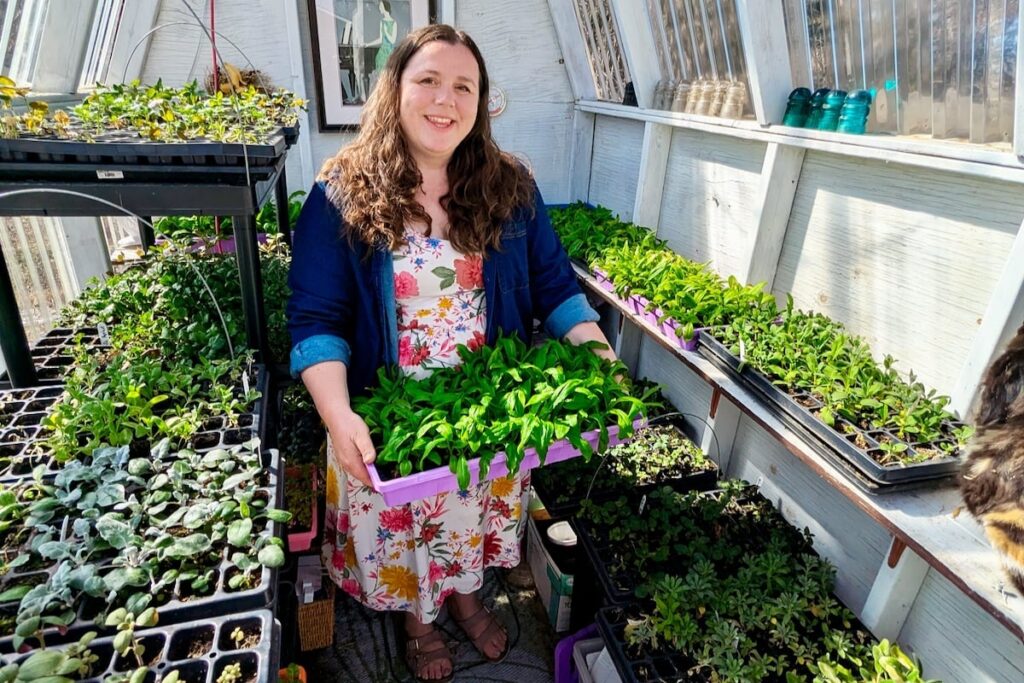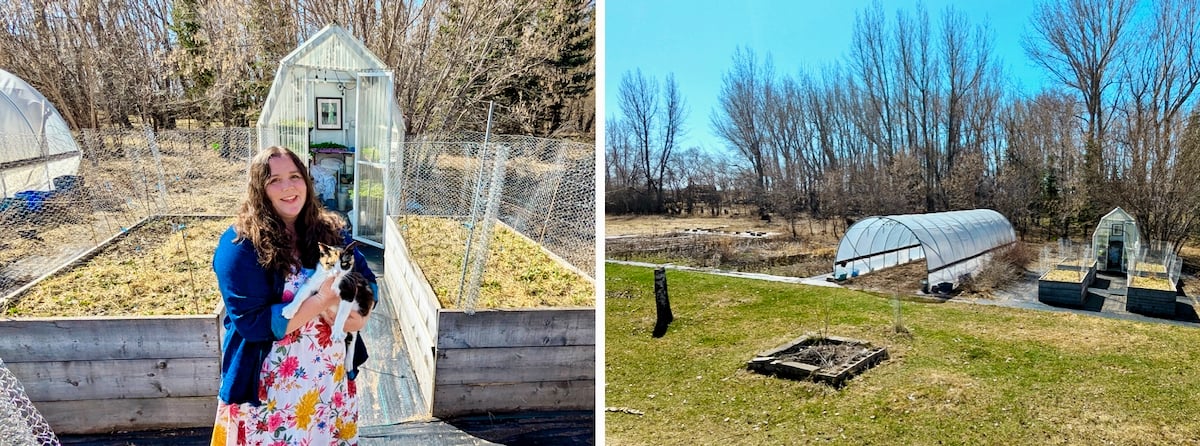VIDEO: The butterfly effect of floral planning

Glacier FarmMedia – In the white and gray of a Saskatchewan winter, Kristen Raney was thinking about rich chocolate browns, peaches and soft pink tones.
As owner and operator of Shifting Blooms Flower Farm, the flower farmer, blogger and author uses the winter months to prepare for a successful growing season.
In December, Raney was looking into wedding trends for 2025, scouring Pinterest for arrangement ideas and colour schemes she can sow into her upcoming flower crop. A rich chocolate brown called Mocha Mousse is the colour of 2025, according to the Pantone Color Institute, so Raney has been looking into incorporating brown tones into her creations. By April, her first plants in the greenhouse were showing signs of bright green life and her perennials were popping up on her Clavet, Sask., farm.
Raney’s bread and butter for her 2025 sales season is her 3,600-sq.-ft. garden and 256 square feet of raised beds of flowers and greenery which she’ll use to supply up to 20 weddings and 10 local markets.
Read Also


Succession: Where to begin?
Glacier FarmMedia – I recently polled farm managers about what big projects they were planning for this year. Half the…
Her first spring crop amounts to 80 per cent of her total plant growth, she said. Successive planting of later blooms and replacement seeding goes until mid-July and make up the other 20 per cent of her inventory that lasts until October.
It’s a risky job. So many factors are out of her control, and she tries to maintain enough inventory throughout the summer and into the fall.
On flowers alone, Raney says she’ll spend $1,000 annually on seed and bulbs, but that doesn’t include the cost of water, trays and other flower growing necessities. In 2024, Raney spent $3,000 to supplement her stock, mostly done on an as-needed basis, like when planting plans don’t work out. And there are some flowers Raney plans to buy from other florists, including sunflowers and dahlias.
In 2016, Raney started the blog that would provide the impetus for launching her business in 2021. She says she concentrates on growing a little bit well instead of trying to spread herself too thin.


“The first two years, you need to plant a bit of everything, just to figure out what you’re good at, what you like and what customers like. But after year three, year four, you’re really trying to narrow down the things that make sense and get good at planting just those crops.”
And if something doesn’t sell Raney has a use for it.
“If my stuff doesn’t sell, I’ve used it in creative ways — written about it and made a video about it. I will probably see that profit on the other side of the business,” she says.
Even her trials and errors have not been a waste. Raney has learned to use them to her advantage. For example, she took what she learned from working with cool flowers and hearty annuals (flowers that can survive in colder zones) and put it in an e-book about how to grow a frost-proof garden.
“I killed a lot of plants to try to figure out how we could essentially garden and plant in April so that we have a whole bunch of flowers in July. If I didn’t have that blog and YouTube part of the business, that would have been a lot of flowers to waste.”
Source: producer.com


